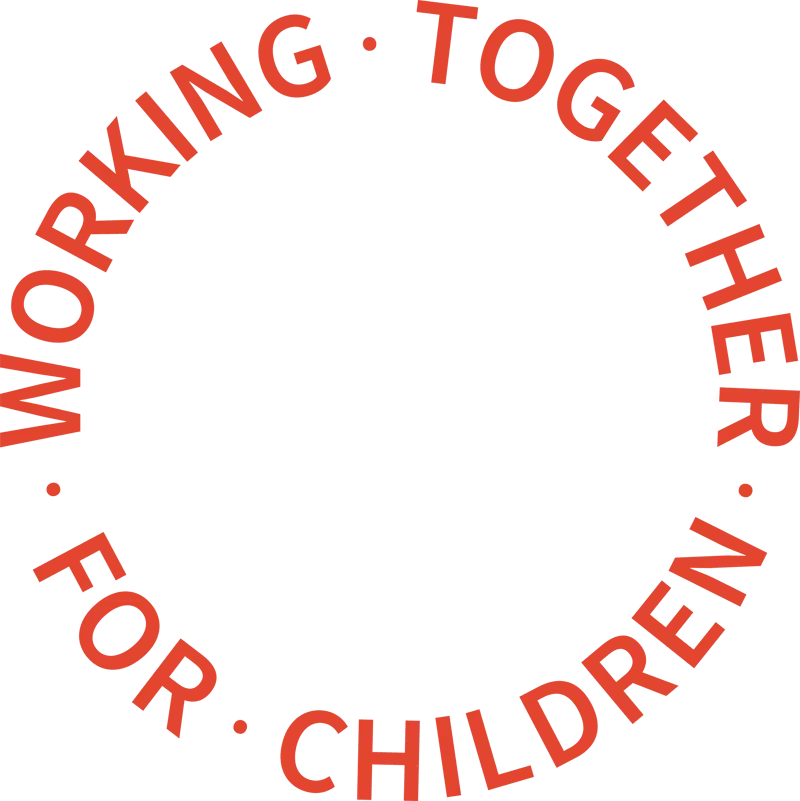There has been a shocking rise in the amount of child sexual abuse material featuring the sexual abuse of girls, the Internet Watch Foundation has warned.

Ten years ago, only 65% of the imagery analysts saw was of girls, but in 2021, 97% of all child sexual abuse material identified featured the sexual abuse of girls.
Susie Hargreaves OBE, Chief Executive of the IWF, said: “It’s concerning to see how not only are the reports of child sexual abuse imagery online greater than what we’ve seen before, there’s been an increasing trend by offenders online sharing sexual material of girls.”
“The Online Safety Bill is a golden opportunity to improve online safety for everyone, particularly women and girls, who our data shows are facing a disproportionate amount of harm online,” she added.
The IWF also warns that:
- It took action to remove an alarming 252,000 URLs in 2021 which it confirmed contained images or videos of children being raped and/or suffering sexual abuse.
- Of these, the IWF confirmed 182,281 URLs contained images or videos of “self-generated” material.
- This is a 374% increase on pre-pandemic levels when, in 2019, analysts took action to remove 38,424 URLs containing self-generated material.
“Self-generated” material has been made by a child themselves on a webcam enabled device. Children have often been tricked, bullied, or coerced into performing sexual acts by an adult sexual predator who has groomed them online. These images are then shared and distributed online among other sexual abusers.
IWF blames the acceleration of people moving their lives online as a result of the global Coronavirus pandemic which has resulted in children, and particularly girls, at greater risk of exploitation.
Ms Hargreaves said the coronavirus pandemic and associated lockdowns have created a “new normal” with sexual abusers exploiting people who have shifted their lives online.
She added: “The pandemic has continued to impact teenagers’ social lives, with many spending more time than ever online.
“Living online has become the new normal. Unfortunately, this means more children are at risk. Sexual abusers will target children – girls in particular – and manipulate them into performing sexual acts on camera.
“These images are then shared across the internet, with the devastating result of revictimising the child every time these images are viewed.
“Sadly, we are seeing the targeting of girls accelerating. The latest figures are a stark reflection of the society we live in.”
In 2001, IWF analysts investigated 361,062 reports, including tip offs from the public, of suspected criminal material. This is more than they dealt with in the entire first 15 years of their existence when, from 1996 to 2011 they assessed 335,558 reports.
The IWF took action last year to remove a record-breaking 252,194 webpages which it confirmed contained sexual abuse images or videos of children, having links to the imagery, or advertising it. This equates to millions of individual images and videos.
The IWF 2021 Annual Report shows:
- Sexual abuse imagery of children aged 11-13 is most prevalent, accounting for almost seven in ten instances identified last year.
- Six in ten reports included the sexual abuse of an 11-13 year old girl who has been groomed, coerced or encouraged into sexual activities by someone who is not in the room with the girl. They’ve accessed the child via a camera-and-internet-enabled device.
- Whilst just 1% of the sexual abuse imagery shows boys, this accounts for 2,641 instances. In more than half of these cases (53%) the boy was suffering category A sexual abuse which is penetrative sexual activity, sexual activity with an animal or sadism. By comparison, 17% of the sexual abuse imagery of girls shows category A activities.
- Europe remains the largest host of child sexual abuse imagery with 72% being traced to a European country in 2021. 17% was traced to North America and 7% traced to Asian countries.
The IWF says the Online Safety Bill, along with efforts to tackle Violence Against Women and Girls, is a once in a generation chance to offer better protection for children online.
Susie Hargreaves added: “We need to ensure that children receive an excellent education to empower them to stay safer online, and that there are first class awareness raising initiatives in place among, in particular, parents and those with a caring responsibility for children.
“When you look at this over the past 10 years it tells a story about the tastes and preferences of the people who are creating the market-place for this material.
“We need to be asking ourselves about how this relates to the violence we see against women and girls in our society, and the experiences that have been shared through Everyone’s Invited.”
Home Secretary Priti Patel said: “The sexual abuse and exploitation of children online is a disgusting crime and I am determined to do all within my power to help stamp it out and ensure that perpetrators are brought to justice.
“This report from the Internet Watch Foundation will help our law enforcement agencies understand the changing nature of online child abuse as the lines are increasingly blurred between children’s physical and digital lives.
"The government’s Online Safety Bill will ensure that technology companies are held accountable for keeping children safe online and we will impose a powerful range of sanctions if they fail to do so,” she concluded.


